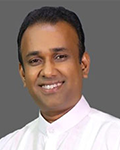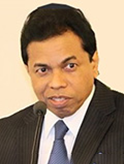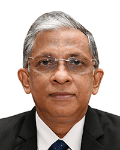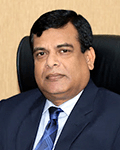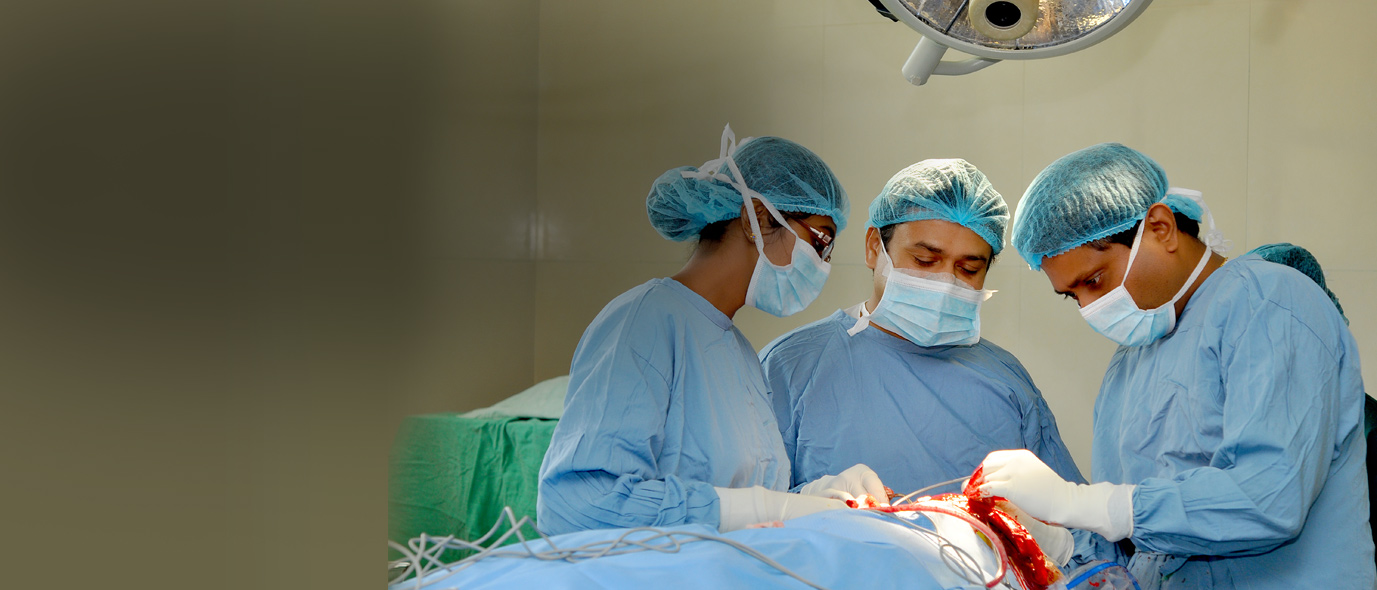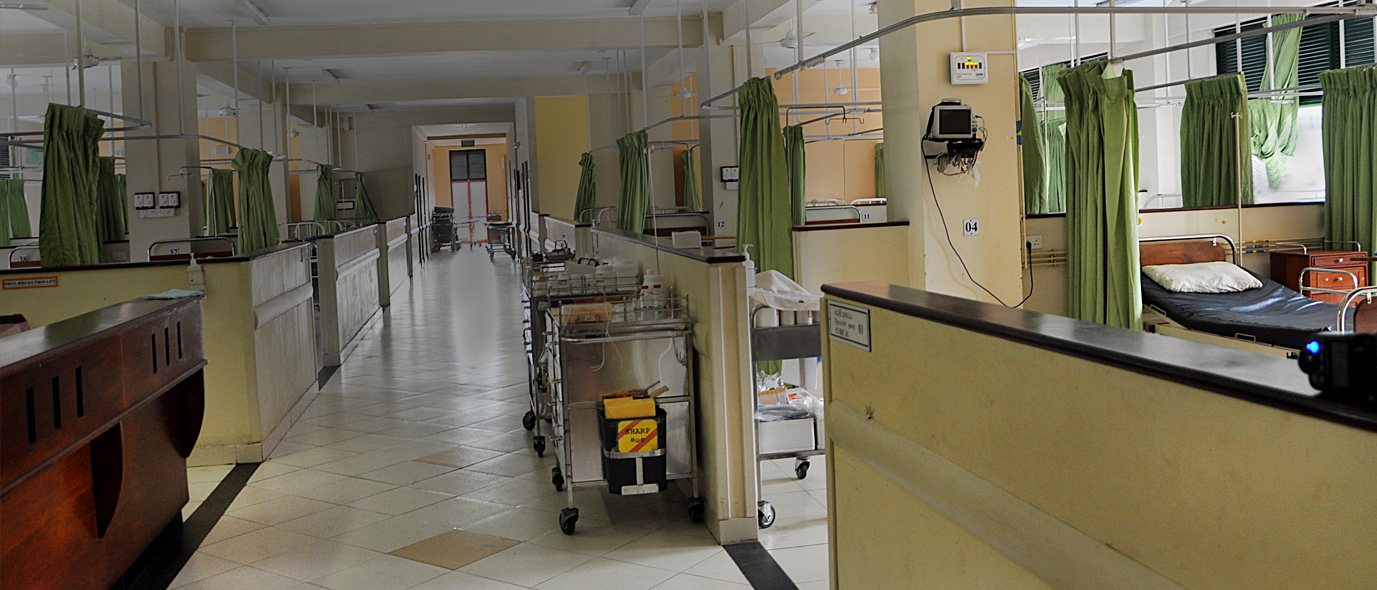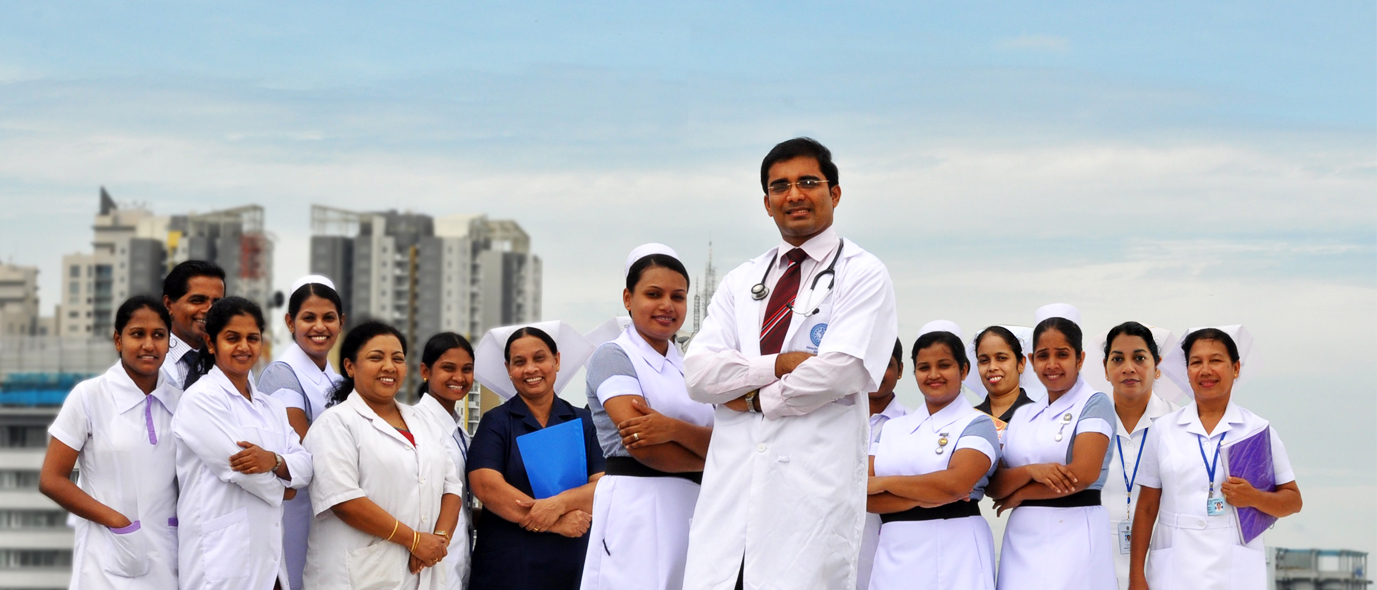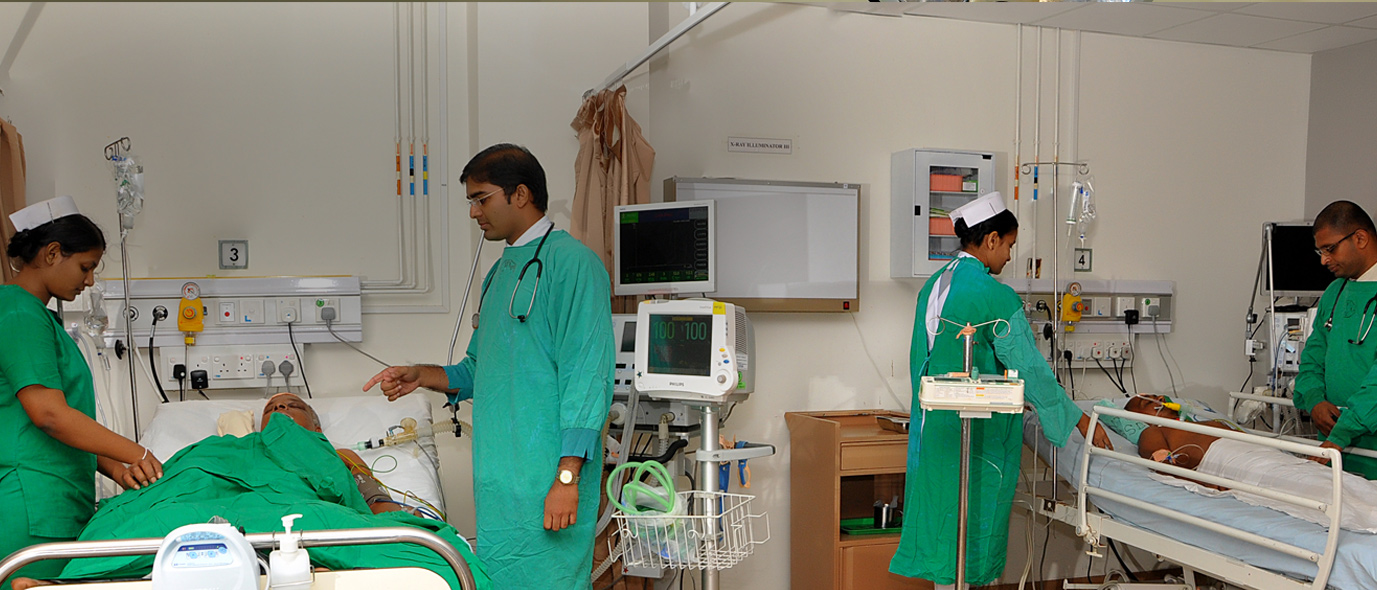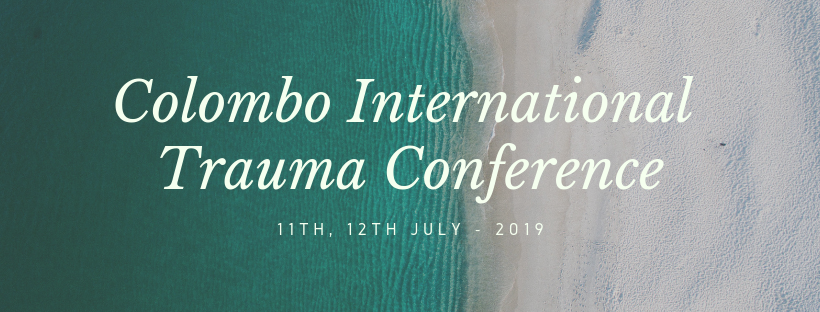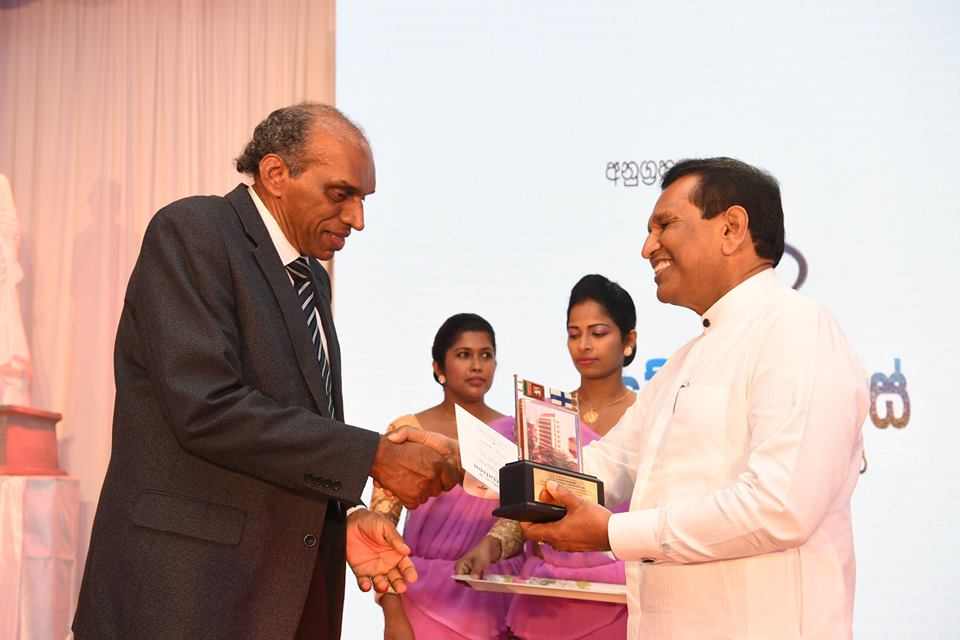Donations
Through your generous donations, you can be a part of our journey by providing essential medical needs.

Specialist Care Services

Clinic Services

Other Services
Home
While the Marque Memorial Ward was established in 1938 for the benefit of nursing Catholic nuns, the Coudert Memorial Ward was established in 1941 to serve Christian clergymen. In present day, the two wards remain intact, and are situated between Ward Nos. 29 and 38.
The Khan Memorial Ward, also known as Ward 51, was founded in 1939 to treat paediatric-orthopaedic patients. This establishment was made under the initiative of Dr Lakshman Rajakaruna, who was a specialist in orthopaedics.
The orthopaedic clinic was inaugurated by specialist Dr Muller in 1939. In 1982, orthopaedic specialist Dr Rienzie Peiris spearheaded the construction of the Preparation Room of the clinic.
The year 1939 saw the break out of World War II. On May 9th of that year the Colombo College of Nursing was launched under the able guidance of Ms. Baird.
With the creation of the University of Ceylon in 1942, the Colombo General Hospital was selected as its teaching hospital. In 1946, Messrs. Milroy Paul, P.B. Fernando, and G.A.W. Wickremasuriya were appointed as its first professors, teaching surgery, medicine, and gynaecology and obstetrics, respectively.
Specialist Dr George Ratnavel became the first neurology consultant of the General Hospital in 1951, upon whose appointment, a few beds each of the Male and Female Wards were specially demarcated for the purpose of treating neurological patients. After Dr Ratnavel’s retirement, Dr J.B. Peiris assumed duties as neurology consultant in 1972, who also took a few specific beds of the Male Ward and, along with one ventilator and two cardiac monitors, founded the Neurological Intensive Care Unit. Subsequently, on April 8th of 1984, a formal Neurological Unit was installed.
The first orthopaedic workshop had been established in the General Hospital in the year 1947, subsequent to the enactment of a special statute in the National Legislative Assembly.
In 1958, an administrative complex named the Bandaranaike Block was erected, consisting of five storeys that included operation theatres, wards, as well as a sterilisation unit. This complex remains as the administrative block, even today.
The hospital kitchens were also started in 1952 with the initiative of American-born Ms. Jailor, assisted by seven Catholic sisters. At that time, the kitchens were separated into three segments, i.e. the main kitchen, workers’ kitchen, and the Regent Street kitchen; they were later reorganised to merely the main kitchen and the workers’ kitchen, by the year 1972.
The first cardiothoracic unit was established in 1952. The year 1955 saw the beginning of the hospital’s many open-heart surgeries. Further, a six-bed, air-conditioned intensive care unit was also declared opened immediately adjacent to the cardio unit, on June 16th of 1968, by the then Minister of Health E.L. Senanayake.
In 1954, Dr Frank Perera and Dr L.D.P. Gunawardane, who had received special training in the areas of rheumatology and physiotherapy in England and New York, were appointed to the Unit. Although Dr Gunawardane departed for a short spell to serve in the Kandy Hospital, he returned soon after that same year to his post in the General Hospital. By that point, the unit had been divided in to two parts: General and Special.
In 1920, a special ward specifically to serve Buddhist Monks was established in the hospital. However, no useful records of this ward could be found.
As at 1920, the public dental health service provided only the most basic dental services. None of the significant dental surgeries were provided during that time. However, as per a strategy drawn up in 1924, a private residence down Ward Place was converted in 1925 into a dental clinic.
The Hospital Radiology Unit was established within the administrative building in 1926. Its first radiologist was Dr H.O. Gunawardane, while Messrs M.L.B.L. Caspersz and J.A.N. Fernandopulle served as the first radiology technicians. While the use of radium in treating cancer patients in the General Hospital was first begun in 1929, such use was continued until the establishment of the cancer-specific institution in Maharagama. In 1949, Australian expatriate Dr Neuhuber introduced physiotherapeutic treatment methods to the hospital. An Electro-Medical Engineering Unit was set up for the first time in the premises of the same building, upon the initiatives taken by Mr Caspersz, who also went on to be appointed its first ever Electro-Medical Technologist.
The preparation of a patient for the maiden radiological treatment of the hospital was in 1963.
The practice of inviting revered prelates of the Bambalapitiya Vajirarama Buddhist Temple to perform pirith ceremonies in Colombo hospitals originated in the mid-1930s. Moreover, while the venerable monks are reported to have volunteered assistance during the World War era, in the 1950s their support was institutionally formalised when they participated in Hospital service. With the participation of the other Buddhist temples in the vicinity of the hospital, the prelates visited the hospital to hold “Seth Pathum” vigils on behalf of the afflicted patients; they were also regularly seen presiding over Bodhi Puja being conducted at the foot of the hospital’s own Bodhi shrine. During the decade of the 60s, Ven. Madihe Pannaseeha Mahanayaka Thera, Ven. Vajiraramavasi Piyadassi Thera, Ven. Narada Thera, Ven. Ampitiye Sri Rahula Thera and Ven. Panvila Vipassi Thera, as well as other monks from Meththaraama and Vidyodaya Piriwena contributed very largely to serve the needs of the patients as well as the hospital’s. Because of her links to Vajiraramaya, Mrs Sirimavo Bandaranaike too attended to the needs of the hospitals’ patients along with the prelates. Various other philanthropists also made their generous contributions. The Arogyashala Sevice Centre that was developed under the initiative of the Ven. Panvila Vipassi Thera, was reconstituted in 1974 as the Hospital Service Board, and it consisted of all voluntary service-providers as well as representatives of all hospital personnel, across the various spectra of ranks and positions.
A majority of specialist doctors in the year 1930 were General Surgeons. Although they served in a large number of hospitals, the Health Director was a British national. During the period of the World War II, specialist Dr M.V.P. Peiris and Professor Paul functioned as the Chiefs of the Army Hospital, with a large number of novice doctors practising under their guidance. During this time, the OPD unit of the General Hospital was requisitioned as a war hospital; war patients were interned in the school premises of St Joseph’s College, St Peter’s College, Holy Family Convent and Nalanda College etc.
There were two physicians serving during this time. Between the 1930s and the 1940s, what is now known as Theatre ‘D’ had been the main surgical theatre. Theatres ‘A’, ‘B’, and ‘C’ had only become operational towards the latter half of the Forties. Theatre ‘A’ has reportedly been utilised for orthopaedic surgery. Dr M.V.P. Peiris, LMS (1925), FRCS (Eng) 1929, acted as the Head of the Surgical Unit until 1932. During his tenure, he pioneered in orthopaedics within the Colombo General Hospital.
The First Administrative Building
The official residence of the Chief Medical Officer, constructed in 1904 and renovated several times since, will enter its centenary, in 2014.
The Skinner Memorial Ward was established in memory of Thomas Edward Barnes Skinner, who served as the Postmaster-General and Director of the Postal Services Department in Ceylon from 1871 to 1896. The Gnanasekaram Ward adjoining the Skinner Ward was set up in 1924. Today, they are both collectively known as Ward No 16. In 1943, paying wards such as Matapan were also established.
In developed countries such as England, laboratories were run by personnel who have received specific training in the special scientific methodologies pertaining to laboratories. Thus, in 1914, Ceylon too appointed its first laboratory technician. It is reported that approximately fifty personnel were provided with training to man the laboratories. However, eventually, the hospital’s medical laboratories separated from the hospital and were established as the De Soyza Microbiology Institute.
Several laboratory divisions were set up within the National Hospital of Sri Lanka, based on the needs of the specialists. These divisions were operational well into the 1970s. Towards the tail-end of the 70s, five such laboratory divisions were still in existence. The laboratory established in 1921 to identify venereal diseases and the laboratory established in 1962 as the Blood Bank was later institutionalised as the National STD/AIDS Control Programme and the National Blood Transfusion Institute. In 1978, all of the various laboratory divisions were amalgamated into one Department of Pathology, which was headed by Dr R. Ratnavel, while Mr R. Rajanayagam served as its Chief Medical Research Technician.
In 1910, the first ever out-patient department was established. Today, that building is occupied by the Main X-Ray Unit.
In October of 1918, Sir William Henry inaugurated the Merchant Ward, which is known today as Ward No 15.
The history of the Rheumatology and Physiotherapy Unit traces back to the 1920-1930 era. During that period, electrotherapy and massaging was carried out with the use of lamps and muscle stimulators administered by nurses. While physiotherapy was first truly initiated in this unit in 1949, Dr R. Neuhuber was main cause for this new development. Under his initiative, new lamps, long-wave diathermy, infra-red lamps, and stimulators were installed. There are no records of a physiotherapist’s post in this unit until the appointment of a UK-trained practitioner in 1951.
Welcome to National Hospital
Centre of Excellence in Health Care.
The National Hospital of Sri Lanka (NHSL), situated in Colombo on a 32-acre block of land, is the largest teaching hospital in Sri Lanka and the final referral centre in the country, consisting of 3000 beds. it is the training centre for undergraduates and postgraduate trainees of the Faculty of Medicine. The nursing training school, Colombo, PBS, and Schools of Radiography, Pharmacy, Cardiograph, physiotherapy and occupational therapy are also affiliated with the National Hospital.
Donations to NHSL from United States
The U.S. Ambassador to Sri Lanka, Julie Chung paid a visit to the National Hospital of Sri Lanka, Colombo on 14 June 2022 to officially handed over much-needed medical consumables to the hospital donated by SLMANA Inc. The donation was accepted by Dr W.K. Wickremasinghe, DDG-NHSL and Dr Indika de Lanerolle, Consultant Emergency Physician. The United States, being an ally of Sri Lanka has always assisted the Sri Lankan public in times of crisis and the donated items shall facilitate the provision of continuous healthcare through NHSL-Colombo.
 |
 |
|||
